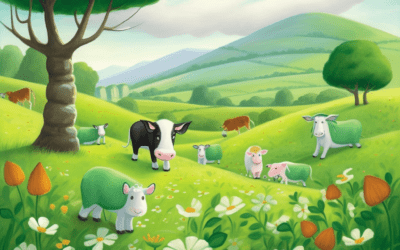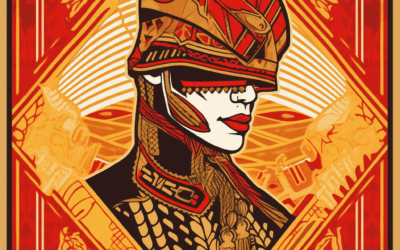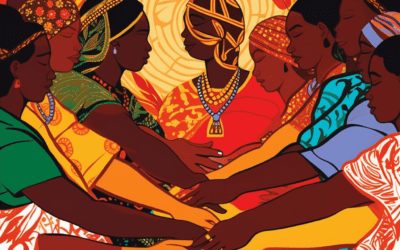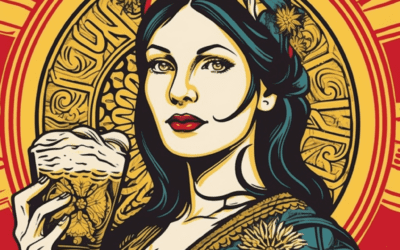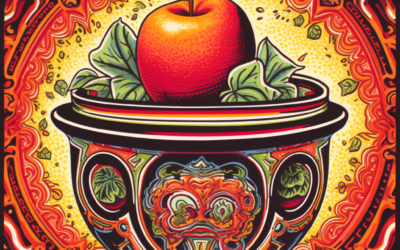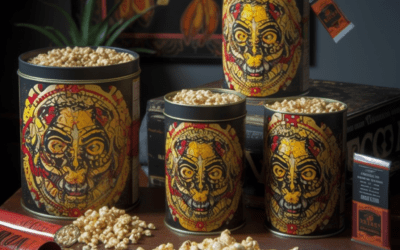The Story of the Headless Horseman: How Did it Become a Halloween Legend?
The story of the headless horseman has become a Halloween legend that continues to captivate audiences of all ages. This spooky tale originated from various folklores and has evolved throughout history to become an iconic part of Halloween celebrations today.
The Legend of Sleepy Hollow
The story of the headless horseman: The most well-known version of the headless horseman story is found in Washington Irving’s classic tale, “The Legend of Sleepy Hollow.” Written in 1820, this story takes place in a secluded village called Sleepy Hollow, where a headless horseman is said to roam the countryside at night.
Irving’s influence: Washington Irving’s writing had a significant impact on American literature and popular culture. His creative storytelling and vivid descriptions helped solidify the headless horseman’s place in the Halloween tradition.
Folklore and Supernatural Beliefs
Origins in European folklore: The concept of a headless horseman can be traced back to various European folklore and supernatural beliefs. Stories of ghostly entities and decapitated spirits were common in different cultures, often associated with war or tragic events.
Influence of Celtic traditions: Celtic traditions celebrated the festival of Samhain, a precursor to Halloween, during which it was believed that the veil between the living and the dead was thinnest. It was during this time that spirits and supernatural beings were said to roam the earth, including headless specters.
American History and Revolutionary War
Roots in American history: The headless horseman legend also draws inspiration from the historical context of the American Revolutionary War. Legends and tales of headless soldiers who lost their lives in battle were prevalent during this time, adding to the allure of the headless horseman myth.
General Hessian soldier: In “The Legend of Sleepy Hollow,” the headless horseman is often portrayed as a ghostly Hessian soldier. Hessian soldiers were German mercenaries hired by the British during the Revolutionary War. Their monstrous reputation and tales of beheadings contributed to their association with the headless horseman.
The Evolution of Halloween Traditions
Emergence of Halloween as a holiday: Halloween as we know it today has evolved from various cultural influences over time. It combines ancient Celtic, European, and Christian traditions into a unique celebration that includes costumes, candy, and spooky stories like that of the headless horseman.
Popularization through literature and media: Washington Irving’s story, “The Legend of Sleepy Hollow,” played a significant role in bringing the headless horseman into the mainstream. This tale, along with subsequent adaptations in literature, theater, and film, helped cement the headless horseman’s status as a Halloween legend.
The Headless Horseman Today
Continued popularity: The headless horseman remains an enduring symbol of Halloween. His chilling presence adds an element of fright to the holiday, appealing to both children and adults who enjoy the thrill of spooky tales.
Halloween traditions and storytelling: Halloween is a time for storytelling and embracing the supernatural. The tale of the headless horseman fits perfectly into this atmosphere, providing a thrilling narrative that has stood the test of time.
In conclusion, the story of the headless horseman has become a Halloween legend through the influence of literature, folklore, historical events, and the evolution of Halloween traditions. From its origins in European folklore to Washington Irving’s iconic tale, the headless horseman captivates our imaginations and continues to be a beloved part of Halloween celebrations.







